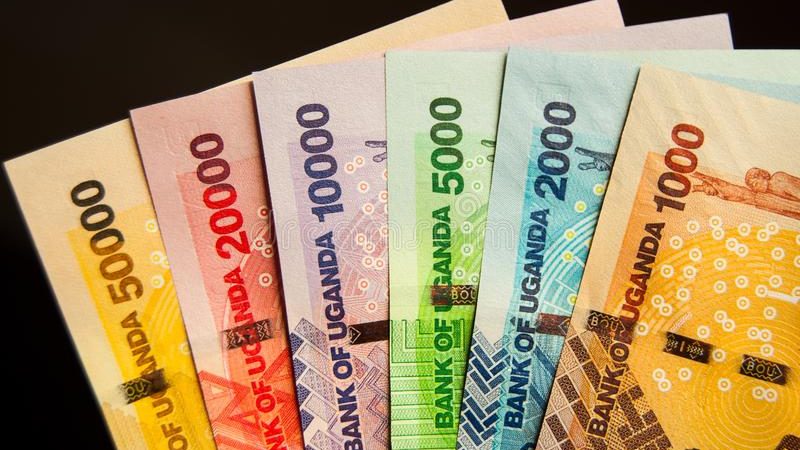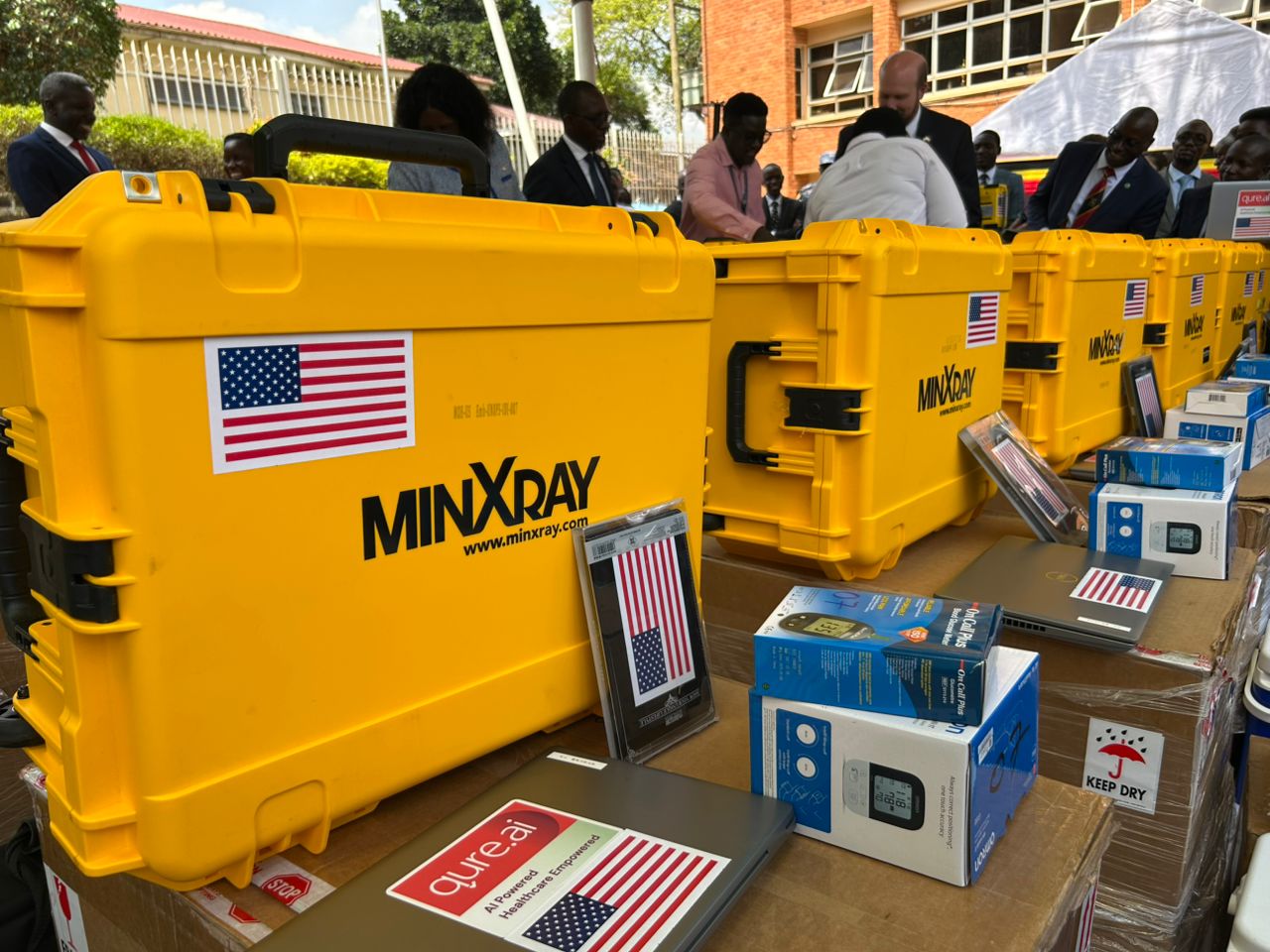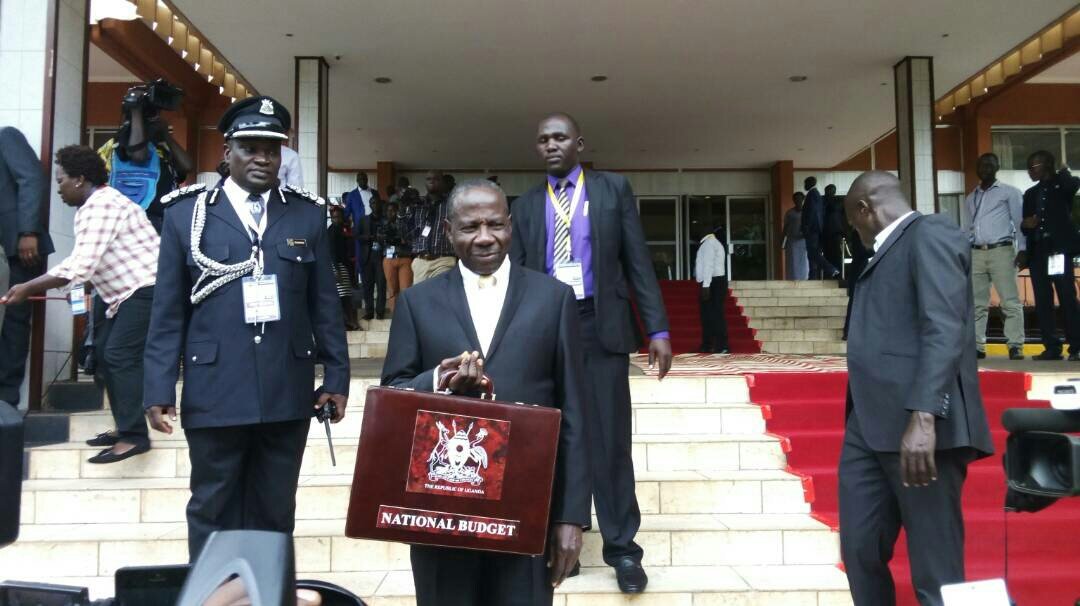Just like other emerging and frontier market currencies, the Ugandan shilling faced significant pressure this week as offshore investors sold off local debt and converted the proceeds into hard currency. This reaction followed a surge in global risk-off sentiment after the U.S. President announced new tariffs, fueling concerns of an escalating trade war.
The intensifying trade conflict has continued to dominate headlines across global financial markets, prompting volatility in currencies and commodities alike.
According to Richard Nsubuga, Acting Head of Trading at Absa Bank Uganda, the local unit depreciated to its lowest levels this year, hitting 3730/3740 early in the week. However, these levels triggered take-profit interest from commodity exporters, helping the shilling recoup some ground. By Friday morning, it was trading at 3672/3682.
“We expect continued volatility in the near term, with the shilling likely to trade within the 3650–3750 range,” Nsubuga noted.
Money Markets and Treasury Bills
In the money markets, liquidity was moderately tight, with overnight and one-week interbank trades observed in the range of 8.00% to 11.50%.
Yields from Wednesday’s treasury bill auction showed mixed movement. The 364-day tenor edged up by 25 basis points, while the 91-day and 182-day tenors declined by 112 and 4 basis points, respectively. Final yields stood at; 91-day: 9.530%; 182-day: 12.800% and 364-day: 15.002%
The total accepted face value amounted to UGX 359.418 billion, slightly above the UGX 355 billion on offer. Investor focus now turns to next week’s Treasury Bond auction, where the Bank of Uganda will reopen benchmark 2-year, 5-year, and 15-year maturities.
Regional and Global Market Highlights
In Kenya, the shilling remained relatively stable, trading within the 129.20–129.90 range, though still seen as vulnerable. Some profit-taking in the bond market contributed to mild depreciation. Analysts expect the currency to fluctuate between 129.00 and 130.00 in the near term.
On April 8, the Central Bank of Kenya surprised markets with a 75 basis point cut in the Central Bank Rate (CBR), lowering it from 10.75% to 10.00%. The decision was driven by expectations of low near-term inflation and a supportive monetary environment.
Meanwhile, the U.S. dollar had a turbulent week. The dollar index fell to 100 on Friday, weighed down by mounting economic concerns and fading investor confidence in U.S. assets. Despite a 90-day pause aimed at facilitating negotiations, the U.S. President’s decision to raise tariffs on Chinese imports to 145% intensified fears of a full-blown trade war and its potential impact on global economic stability.
The Euro capitalized on the dollar’s weakness, surging more than 2% to exceed $1.11—its highest level since September 2024. The rally was further supported by the EU’s suspension of new tariffs on the U.S., aimed at giving trade talks a chance.
In the commodities space, WTI crude oil futures dipped to around $60 per barrel amid rising concerns that trade tensions between China and the U.S. will weigh on global demand.
Gold prices soared, reaching approximately $3,210 per ounce on Friday, surpassing previous all-time highs as investors sought refuge in safe-haven assets amid intensifying global uncertainty.

















